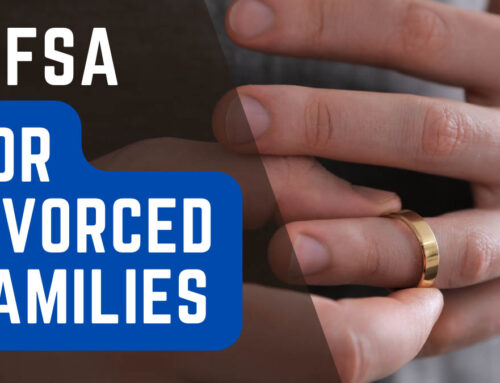Among the tools available to fund your child’s higher education, 529 plans, also known as ‘qualified tuition plans,’ are a highly effective and successful alternative.
A 529 plan is an investment account that is used to pay for education expenses. The account can be used to pay for the following qualified expenses:
– Tuition
– Room and Board
– Books and Supplies
– School Fees and Other Requirements for Enrollment
– Computer and Software
One of the primary benefits of 529 plans is that the growth in the account from capital gains and dividends is tax-free if used for qualified expenses. Over the years this benefit can be extremely attractive. Many states also offer tax benefits based on contributions to their plan.
Opening an account is available to many, including other family members. A parent, uncle, grandmother, or even a family friend can open an account and choose your student as the beneficiary. Account opening balances are minimal, and many programs have minimal fees.
The owner of the plan remains in control of the account, not the student beneficiary. This means you decide what investments are utilized and how the money is spent when it’s time to fund your student’s education.
“529 plans are authorized by section 529 of the Internal Revenue Code. They are sponsored by states, state agencies, or educational institutions.” – SEC.gov
The plans are eligible in the U.S. or for international universities if your student chooses to study abroad. The funds can also go toward graduate school and/or paying off student loans.
Over the past few years, plan regulations have become more practical for today’s college payment process. By expanding the limits of the plans, meaning there are more ‘qualified expenses’ your plan can pay for, the owner of the account now has much more flexibility.
529 plans are a great tool for funding your student’s higher education. Ask your financial advisor if a 529 plan fits your family’s needs.




